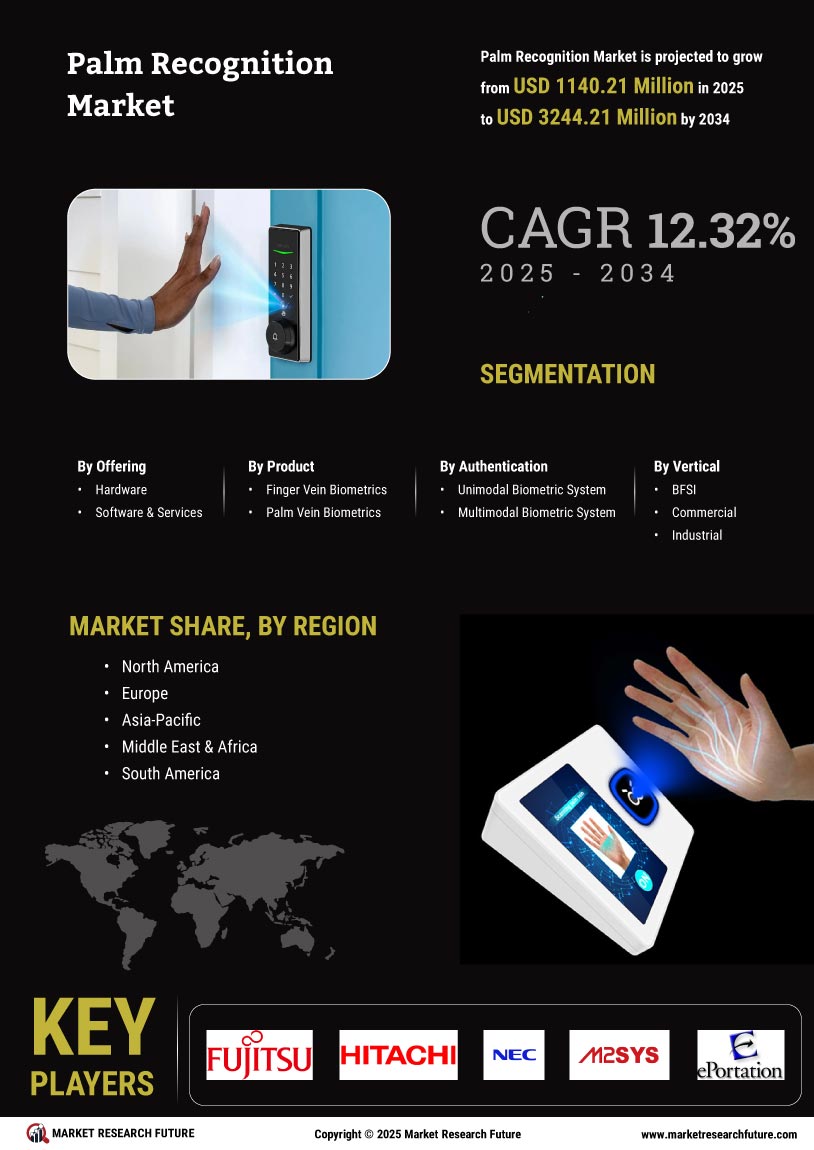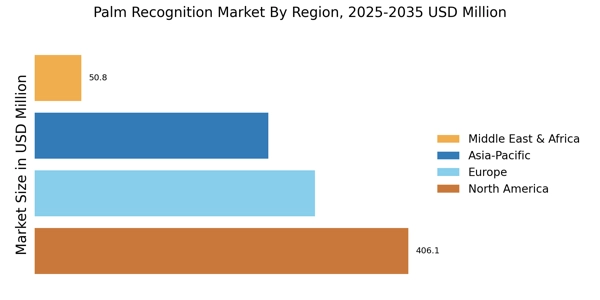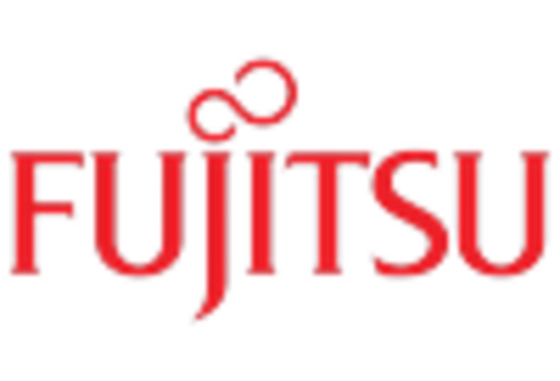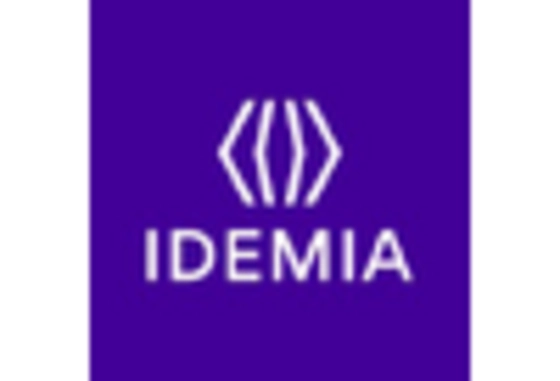Expansion of Smart Home Technologies
The Palm Recognition Market is benefiting from the expansion of smart home technologies. As consumers increasingly seek convenience and security in their homes, palm recognition systems are being integrated into smart home devices for seamless access control. This integration allows homeowners to utilize their unique palm patterns for secure entry, thereby enhancing the overall user experience. Market trends indicate that the smart home market is projected to grow significantly, with biometric solutions playing a pivotal role in this evolution. The adoption of palm recognition technology in smart homes not only provides enhanced security but also aligns with the growing trend of automation and connectivity in residential environments.
Growing Adoption in Financial Services
The Palm Recognition Market is experiencing significant growth within the financial services sector. Banks and financial institutions are increasingly implementing palm recognition systems to enhance customer authentication processes and streamline operations. The technology not only improves security but also facilitates faster transactions, thereby enhancing customer satisfaction. Market analysis reveals that the financial services sector is one of the largest adopters of biometric technologies, with palm recognition being a preferred choice due to its accuracy and ease of use. As the competition among financial institutions intensifies, the integration of advanced biometric solutions like palm recognition is likely to become a standard practice, further driving market growth.
Rising Demand for Contactless Solutions
The Palm Recognition Market is witnessing a notable increase in demand for contactless biometric solutions. As organizations prioritize health and safety, the appeal of palm recognition systems, which require no physical contact, has grown significantly. This trend is particularly evident in sectors such as banking, healthcare, and retail, where minimizing physical interactions is crucial. Market data suggests that the contactless biometric segment is expected to account for a substantial share of the overall biometric market, further propelling the adoption of palm recognition technologies. This shift towards contactless solutions not only enhances user experience but also aligns with the increasing emphasis on hygiene and safety in public spaces.
Technological Advancements in Biometrics
The Palm Recognition Market is experiencing a surge due to rapid technological advancements in biometric systems. Innovations in sensor technology and image processing algorithms have enhanced the accuracy and speed of palm recognition systems. For instance, the introduction of 3D palm recognition technology has improved the ability to capture detailed palm features, thereby increasing the reliability of identification processes. According to recent data, the biometric market is projected to grow at a compound annual growth rate of over 20%, indicating a robust demand for advanced biometric solutions. This growth is likely to drive investments in palm recognition technologies, as organizations seek to adopt more secure and efficient identification methods.
Increased Focus on Security and Fraud Prevention
The Palm Recognition Market is driven by an escalating focus on security and fraud prevention measures across various sectors. Organizations are increasingly adopting biometric solutions to mitigate risks associated with identity theft and unauthorized access. The palm recognition technology offers a unique advantage due to its ability to capture distinct palm patterns, making it difficult to replicate. Recent statistics indicate that the global cost of cybercrime is projected to reach trillions of dollars, underscoring the urgent need for robust security measures. As businesses seek to protect sensitive information and assets, the demand for palm recognition systems is likely to rise, positioning them as a critical component of comprehensive security strategies.


















Leave a Comment